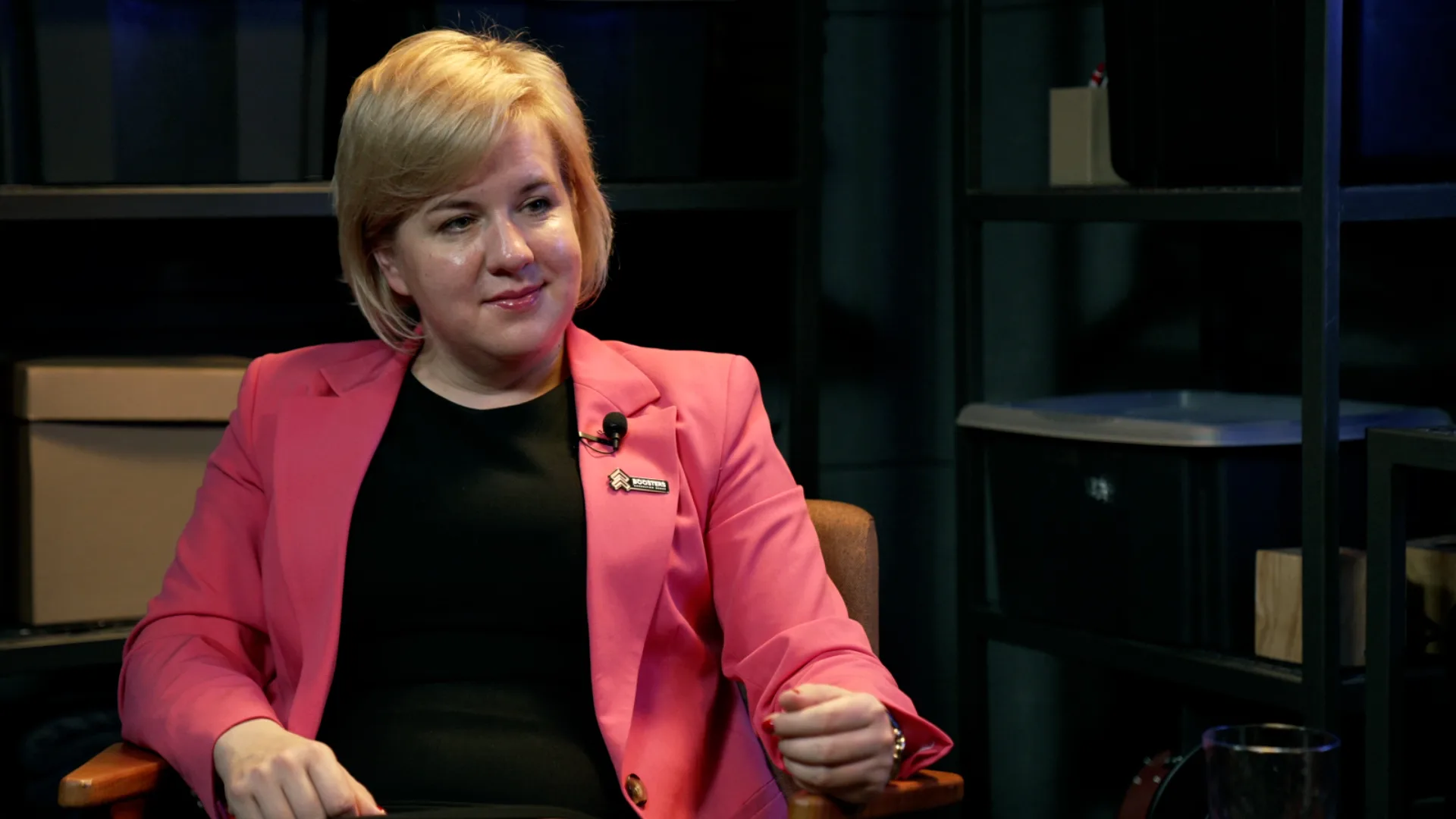Until 2022, the SES was perceived as inspectors with protocols. Today, they are seen as partners who are there at the most critical moments.
In this interview, Tetyana Nehaichuk, Head of the Project Office of the All-Ukrainian Association of Amalgamated Territorial Communities and Director of Boosters Consulting Group, explains how local self-government and the Civil Protection Service have joined forces in response to the new reality of war.
Volunteer fire brigades, international projects, women’s initiatives, and UCPM – how communities are becoming a powerful second line of defence.
Read also: ‘We are here to listen to you and work as equal partners’ — HLF teamlead Gritt Richter
Cooperation between communities and the SES
– Tetiana, how do the SES rescuers and local communities cooperate to protect people from danger?
– Before the full-scale invasion, the SES was perceived by communities as a controlling body with inspections and fines, and there was little interaction. Since the beginning of the war, local governments and the Civil Protection Service have united in the face of common challenges. Our team managed to build cooperation: rescuers and communities are now working together to ensure the safety of civilians – this is a real victory.
– How can communities help rescuers?
– Firstly, financially – they allocate funds for consumables for the state fire service. Secondly, they provide equipment and human resources. There are wonderful cases when communities formed voluntary teams that extinguished fires during shelling until the SES arrived.
– Have there been any cases when such cooperation has saved someone’s life?
– As for Mykolaiv region, when the S-300 system caught fire, volunteer fire brigades, together with the Civil Protection Service, extinguished and repaired it. This continued to cover the southern direction and saved lives and property.
– Why is it important that rescuers and communities work together?
– Common challenges include the safety of adults, children and vulnerable groups. While the Ukrainian Armed Forces hold the frontline, the Civil Protection Service and local governments hold the rear: evacuation, delivery of humanitarian supplies, drinking water, and infrastructure rescue are the second line of defence.
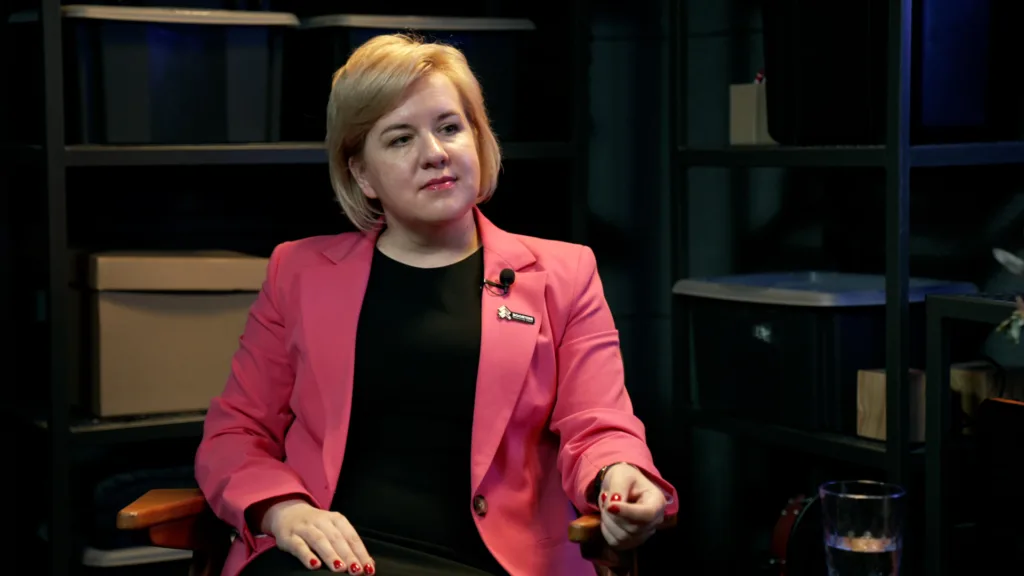
Read also: ‘If it weren’t for the war, I would never have known how painful it is to lose your home,’ Maria Sulyalina, head of Almenda NGO
About our international partners
– Do international partners help with civilian protection?
– Since the start of the full-scale invasion, the number of donors has increased tenfold, with more than a hundred organisations funding projects for school shelters, warning systems, security centres, equipment and humanitarian supplies.
– What can we learn from the experience of other countries?
– Before the war, we learnt a lot from Europe: security infrastructure and technical solutions. Today, Ukraine’s experience is unique – the hybrid war has become a test of resilience, and our experience is valued by international partners.
– What are some examples of international projects for civilians?
– In 2023, Ukraine joined the EU Civil Protection Mechanism (UCPM). The projects finance work on evacuating people with limited mobility, radiation and chemical protection, firefighting, and flood control. The SES receives equipment, and communities receive updated vehicles and equipment.
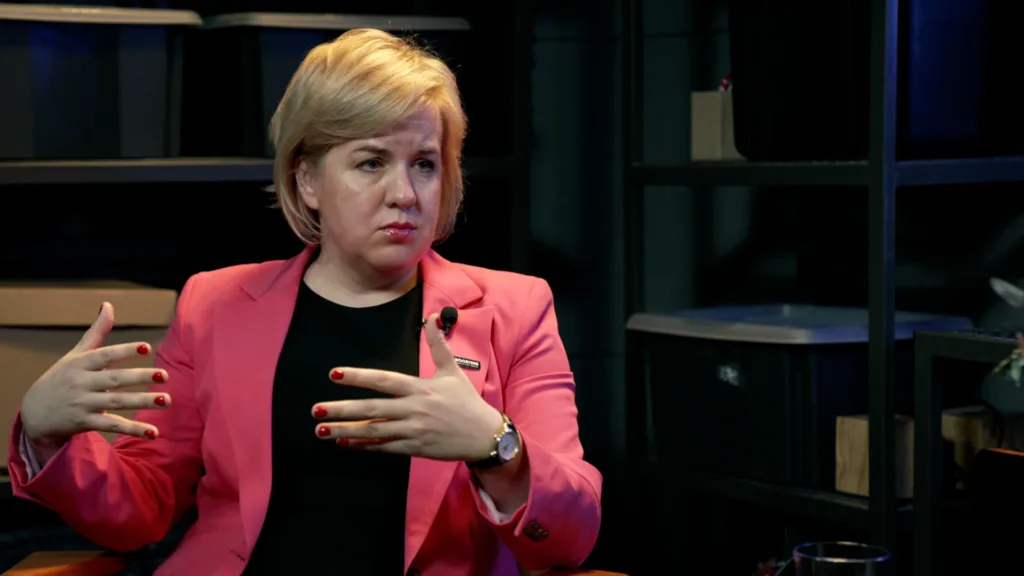
Read also: How the Ukrainian Red Cross has changed over the three years of the Great War
About the voluntary fire brigade
– What is voluntary fire protection and why is it needed?
– It is a culture where local residents unite in voluntary fire brigades that respond to emergencies alongside government units. This is not only firefighting, but also a dedicated volunteer movement with training, certification and support.
– How do we regulate these voluntary teams?
– There are two articles in the Civil Protection Code dedicated to voluntary and local fire brigades. Institutionalisation through a unified register, which will be available soon, has been underway for two months. This will help coordinate all teams without “white spots” and synchronise them through a single information system.
– How to become a volunteer firefighter?
– You need to undergo a medical examination and the SES training programme, and get certified. There are also opportunities for veterans and people with disabilities to perform administrative or specialised tasks, such as flying drones.
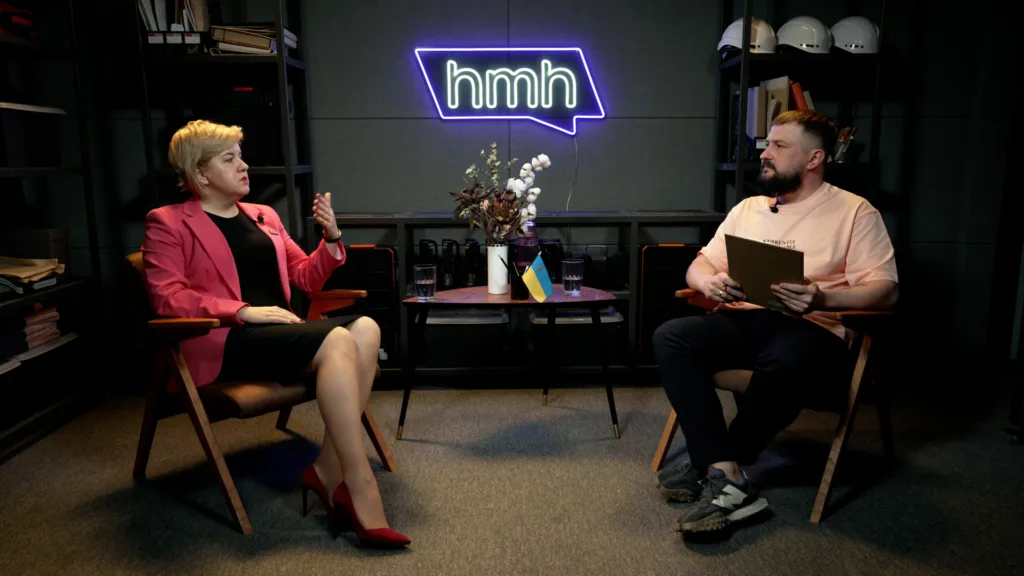
Read also: Education without borders. How the “MriyDiy” Foundation helps children and teachers in times of war
About the Europe Civil Security Forum
– Together with the SES, you are organising the Europe Civil Security forum. What topics will be discussed there?
– It is an international platform for sharing experience and best practices on civil protection, security centres, technical solutions, evacuation, and donor relations. The first two events were held in Kyiv (25 April) and Dnipro (19 September) with the participation of more than 450 communities and civil protection workers. Now we are going to Warsaw together with Poland, Turkey, Japan, and Korea to consolidate our international partnership.
– Does participation in the forum help communities become safer?
– Community leaders get a platform to present projects to donors and establish cooperation with municipalities in other countries. This increases the chances of funding for security infrastructure and the exchange of experience.
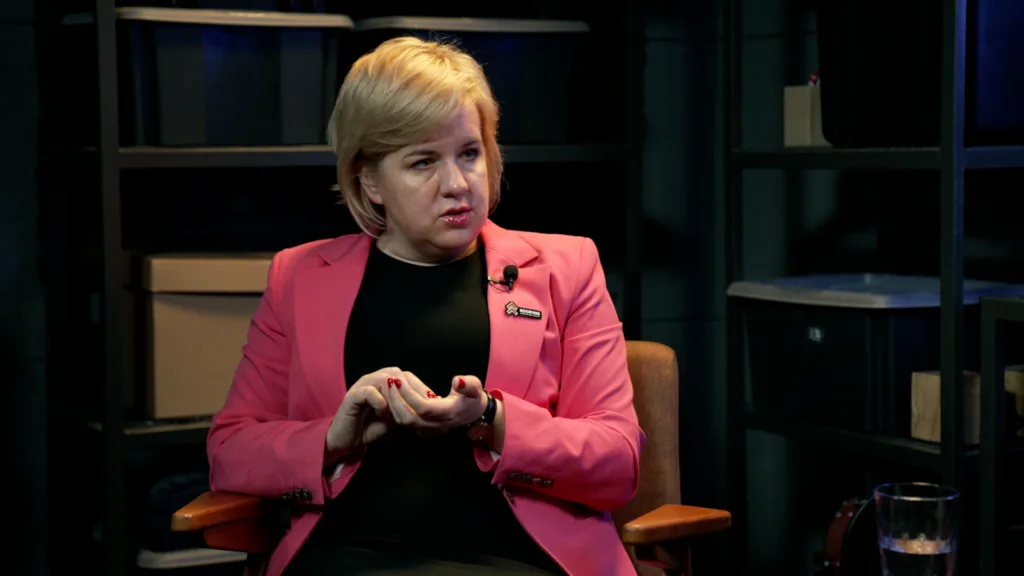
Read also: Cooperation with the UN in humanitarian sectors: Help experience in Ukraine
About the safety of children
– How do rescuers teach children and adults safety rules?
– The SES is developing safety classes in schools and mobile on-site facilities. It conducts interactive exercises with explosive objects, fire extinguishers, and algorithms for actions in case of an alarm. There is a children’s app called Rescuer, which is being actively tested on children – a combination of digital solutions and live communication from professionals.
– Are volunteer groups involved in demining?
– This is a state-controlled process. Teams can be certified as deminers and receive special training. There are training components and educational activities, but only certified units carry out the actual demining.
– What basic safety rules should everyone know?
– First, do not touch unfamiliar objects and remain calm. Secondly, if necessary, contact an adult or emergency services. It is important to keep a cool head and learn first aid.
– Are there any formal safety classes in schools that are required by law?
– At the beginning of each school year, the SES conducts educational activities in educational institutions. It is difficult to legally oblige them to do so at all stages, but they are receiving a lot of attention.
– How to make safety training interesting for children?
– It should be mixed: digital interactive solutions, up-to-date content on social media (TikTok, etc.) and live demonstrations by professionals and veterans.
Read also: Even the most sceptical believed in the idea: How the Alliance of Ukrainian Civil Society Organisations was created
About the UCPM mechanism
– What is UCPM and how does it work?
– UCPM is the Union Civil Protection Mechanism, which consists of modules (forest fires, radiation, etc.). When an emergency occurs, countries pool their efforts and equipment into one large module. The UCPM finances the technical capacity building of these modules.
– How can UCPM change our ability to respond to floods?
– Together with the State Emergency Service of Ukraine, the Association is working to create a support system for emergency response in communities.
For example, after the Kakhovka Reservoir disaster, the team submitted a project to the European Commission to purchase high-performance motor pumps and train staff. As a result, communities will receive the equipment and knowledge to pump out water quickly. The project is being implemented under the leadership of the SES with the support of the European Commission under the EU Civil Protection Mechanism. The project office of the All-Ukrainian Association of Amalgamated Territorial Communities provides project administration.
The Europe Civil Security Forum will also be held as part of this project. This is an exchange of experience and presentation of Ukraine’s best practices to European partners.
– How do hromadas integrate veterans into their teams?
– Through the reintegration of veterans into volunteer and local fire brigades using a comprehensive approach: family support, rehabilitation rooms in safety centres, participation in training and social activities.
– Tell us about women’s volunteer fire brigades.
– In the Krasnosilska community of Odesa Oblast, Maryna Arkhiriy founded one of the first women’s teams. Due to the mobilisation of men, there is a growing demand for women in this area, so more and more communities are initiating similar projects.
– Is there a demand among women for such roles?
– The demand is growing, and girls are eager to join, especially when they have seen examples of successful teams with their own eyes.
Read also: Kateryna Borozdina, La Strada Ukraine: ‘Gender equality is not a utopia, but a reality’



